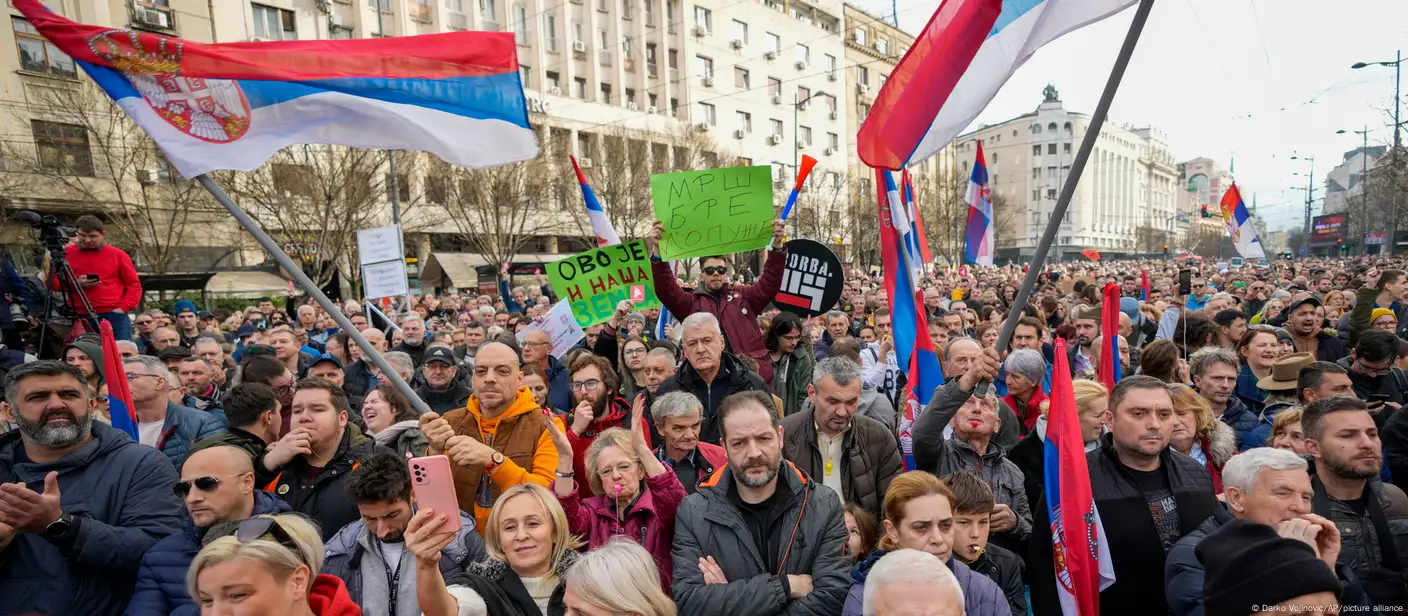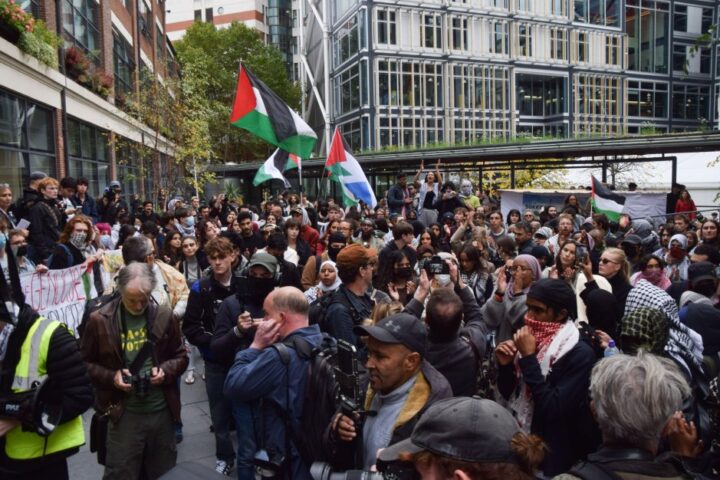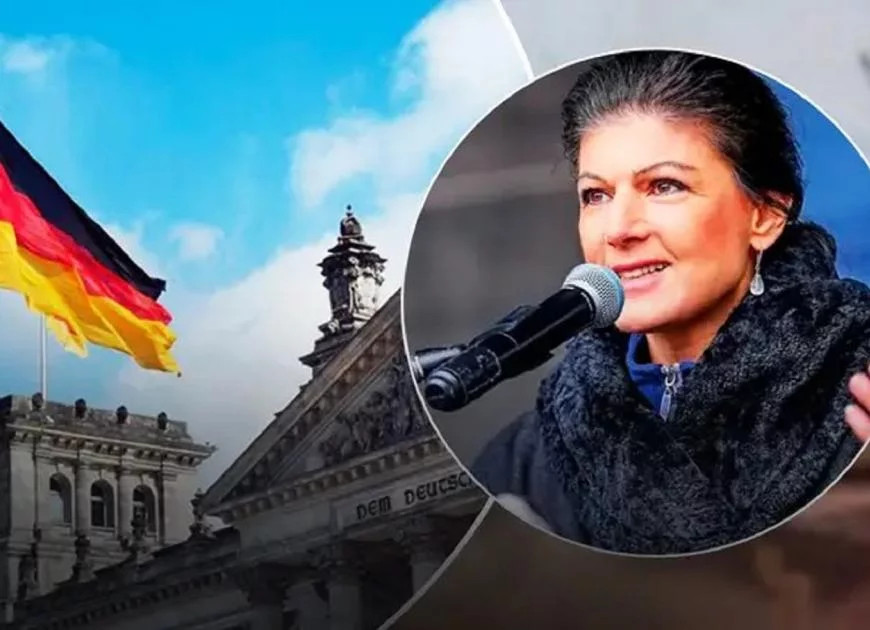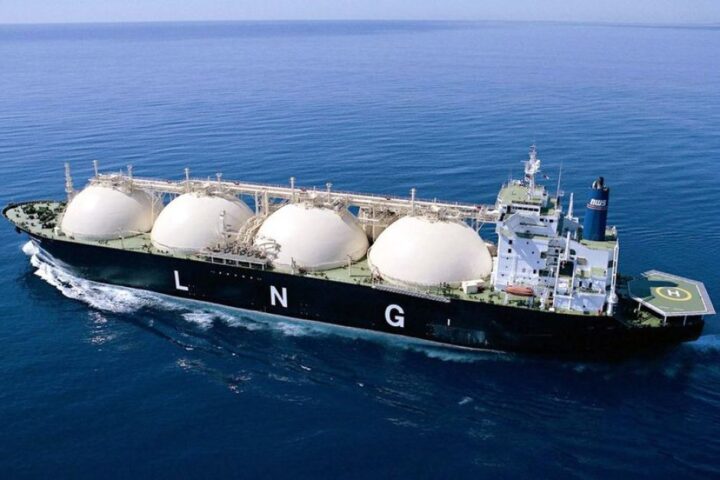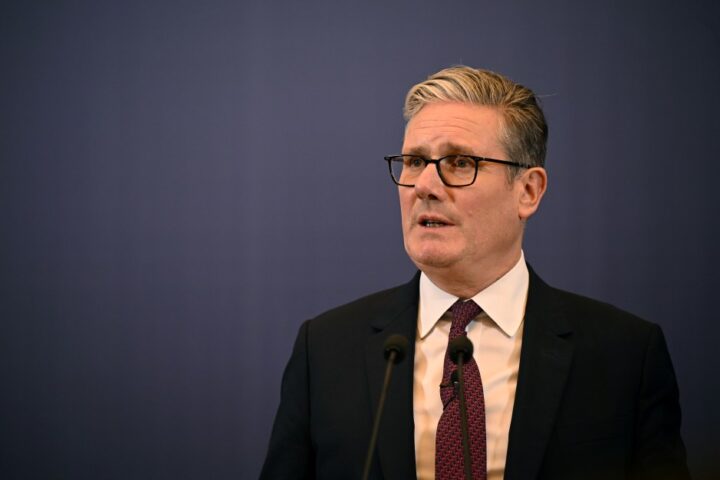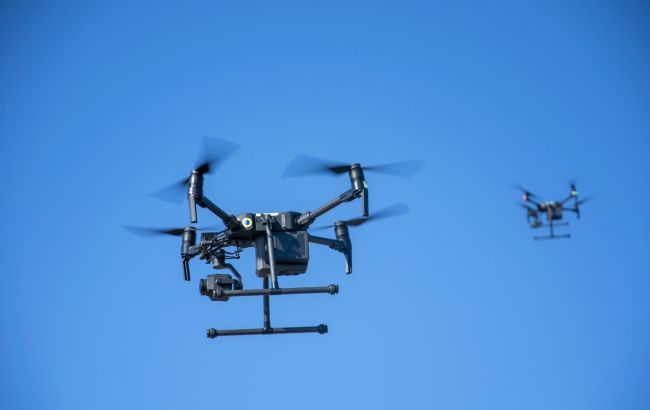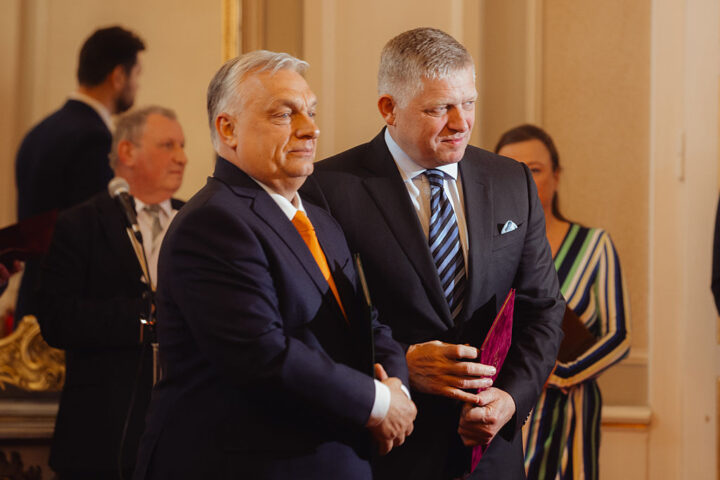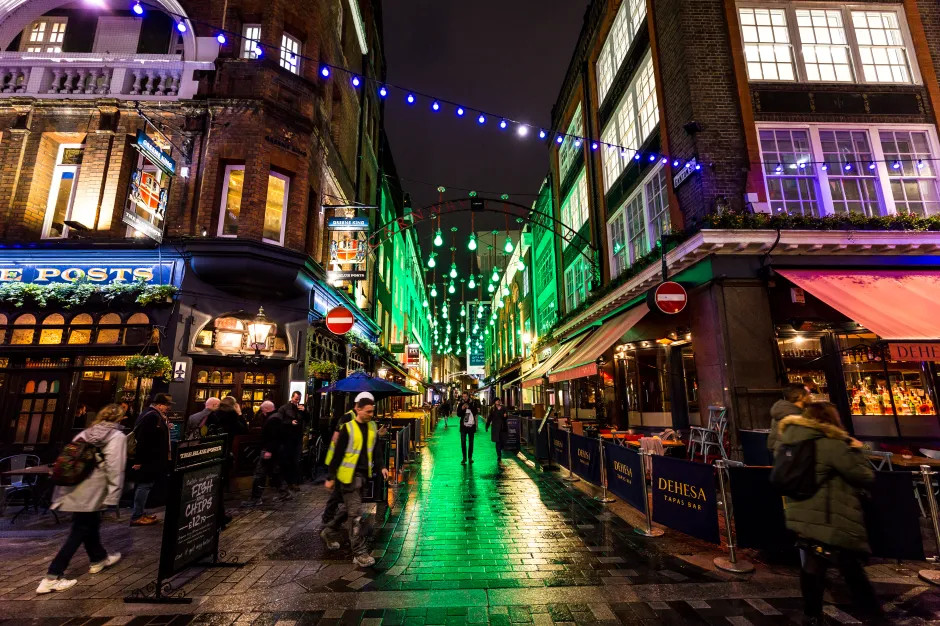Political protests in Serbia have intensified sharply, with mounting clashes between demonstrators and police across the country. On 3 July 2025, the European Union delegation in Serbia urged the government to refrain from using violence against anti-government protesters, highlighting growing international concern over the escalating situation.
The unrest, which began as local demonstrations against corruption following a deadly building collapse at Novi Sad’s railway station that killed 16 people, has evolved into widespread political protests targeting President Aleksandar Vučić’s administration. Protesters demand early parliamentary elections, criticising the government’s populist policies and economic mismanagement.
In the capital Belgrade alone, police detained up to 100 demonstrators as young protesters block roads, bridges, and erect barricades. The protests have spread nationwide, revealing deep societal tensions. The government blames “foreign forces” for stirring unrest, with President Vučić accusing Western intelligence agencies of orchestrating the demonstrations. However, analysts point to the government’s significant loss of domestic support as the primary cause.
Growing geopolitical fault lines
Serbia’s political crisis now carries a clear geopolitical dimension. The country remains divided between closer ties with Russia and aspirations to join the European Union, of which it is a formal candidate. Vučić’s decade-long rule, first as prime minister and then president since 2017, has delivered little progress towards European integration.
The authorities regularly invoke rhetoric about “colour revolutions,” likening the protests to Ukraine’s Maidan to discredit them as foreign-backed attempts to forcibly change power. Yet the core issues stem from internal dissatisfaction with governance and economic hardship.
Observers warn that Serbian society, especially its youth, faces a critical choice amid this division. Recent regional conflicts exposed Moscow’s reluctance or inability to defend even its closest allies, including Armenia, Syria, Libya, and Iran, undermining Russia’s image as a reliable protector. Should Serbia encounter serious international challenges, Russia’s support cannot be assumed.
Regional implications of Serbia’s crisis
The ongoing turmoil risks destabilising the already fragile Western Balkans. The region is known for its volatility, and escalation in Serbia could trigger broader repercussions affecting neighbouring countries’ security and political stability.
With internal divisions deepening and protests intensifying, Serbia stands at a crossroads. The government’s response and the opposition’s resilience will shape not only the country’s immediate future but also the wider geopolitical balance in the Balkans.
